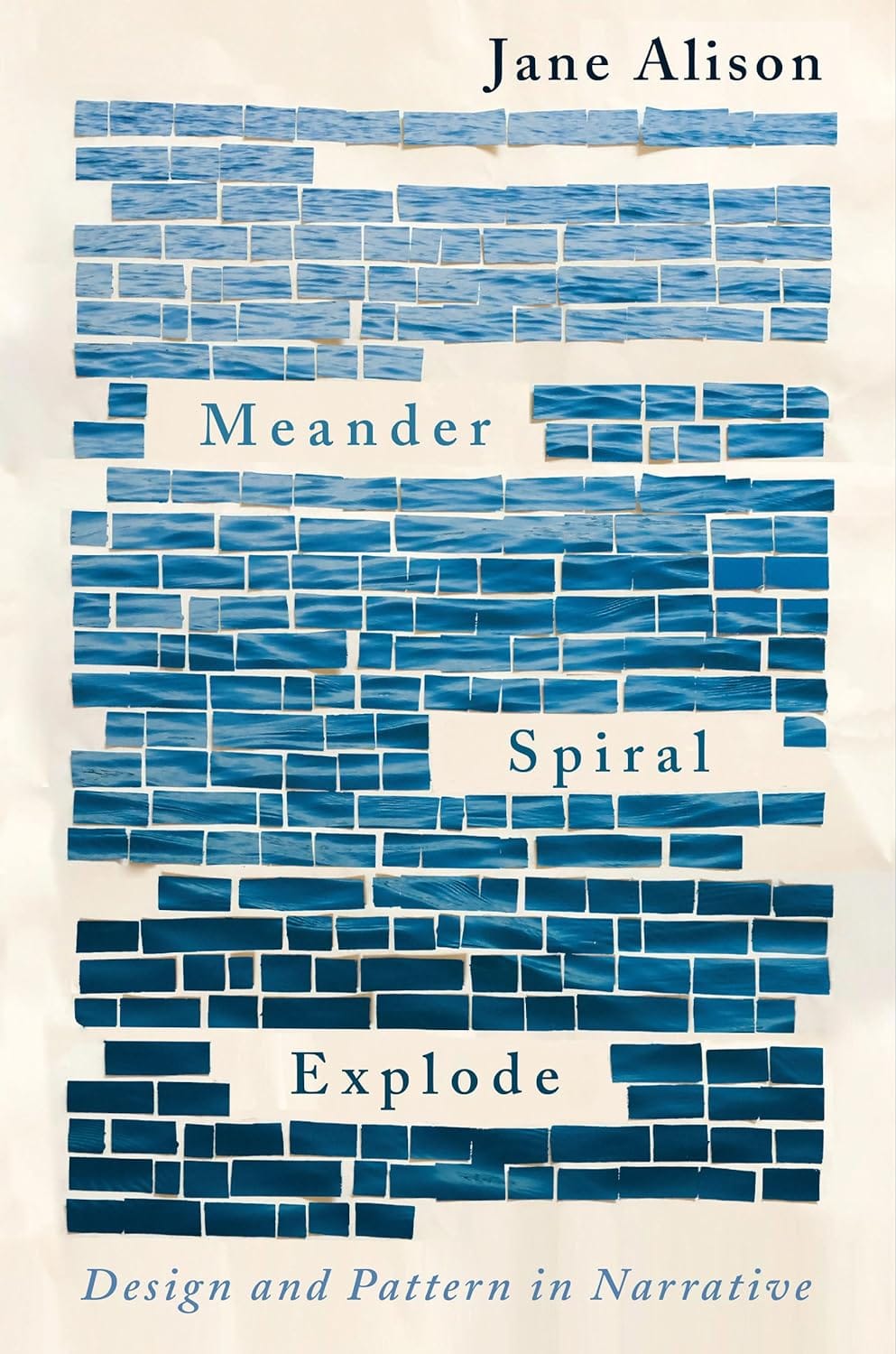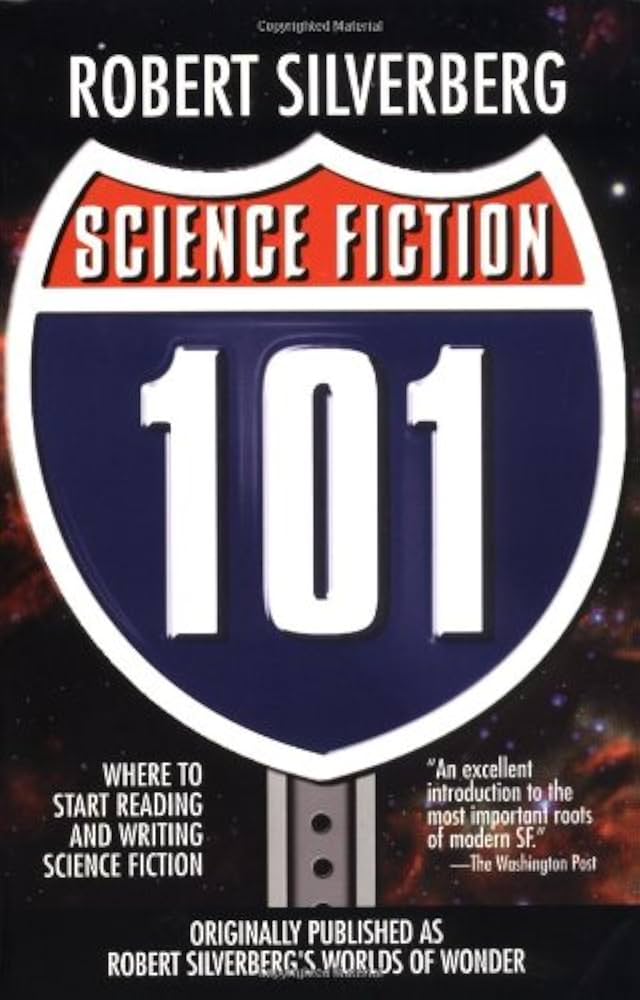Meander Spiral Explode: Design and Pattern in Narrative - Jane Alison
Like a natural historian of text, Alison catalogs and describes several alternative narrative structures at both the macrotext and microtext level.

What: Like a natural historian of text, Alison catalogs and describes several alternative narrative structures at both the macrotext and microtext level.
Who: Jane Allison is the author of three novels including The Love Artist and a memoir The Sisters Antipodes, translator of some very sexy stories from Ovid, a former journalist and editor, and currently a professor of creative writing at the University of Virginia.
Tone: Gentle and exploratory. Conversational. A knowledgeable friend sharing a theory with extensive evidence and examples.
Read it When: You want to experiment with narrative structures and patterns. You are in a rut and need to try something new.
% on Writing: High
Keywords: Narrative Structure, Plot, Pattern
Sometimes you read something in a writing book and it triggers an explosion of realization. Alison has both experienced this sensation, she describes an intense epiphany while reading a book about patterns in nature, and she is effective at passing that experience to others. I challenge you to read this book without coming up with at least one new and interesting storyline or bit of prose or poetry. True to that initial epiphany, the patterns she describes are all inspired by nature - wave, spiral, meander, cell. But she goes beyond the theoretical by giving at least two examples of such structures in the wild for all but her final structure (more on that later).
The book opens with some basic micro structures that will be familiar to most advanced writers, though she does a particularly good job at articulating them and their uses. "Point, line, texture" covers the way words make sounds in your mind and how text can be manipulated to change the cadence and rhythm of those sounds and how that, in turn, affects the experience of the text. "Movement and flow" covers how the experience of the flow of time can be manipulated by changing how much text you use to describe something. Finally "Color" discusses, well, color words and how their use affects the "visual" experience. All of these useful in establishing a shared language needed for the rest of the book, but also could probably be a whole book in themselves. Garanteed at least that you think about some of your favorie texts in new ways.
In the second half Alison gets to the macrostructures. She starts with the familiar, the simple triangular rise-and-fall action we all are overly familiar with, which she names a wave. Then she gets weird with it. She covers wavelets, meanders, spirals, radials, networks, fractals, and tsunami. Wavelets might be described as micro-arcs within a single story. Meanders stories that wander and don't seem to have an arc. Spirals stories that loop back on themselves, building context each time it comes back around. Radials, stories that are connected at a single point and each expand outward or inward from that point. Networked stories form interconnected cells and fractals are stories that have a repeating segment or pattern that gets repeated at smaller and smaller scales. Finally a Tsnami builds nested stories into one overaching narrative.
She explores each pattern in depth, first describing it through a natural metaphor, and then explicating the pattern in two or three example texts, mostly drawn from the literary or experimental fiction shelves. For her final pattern (tusnami) she uses Cloud Atlas as her exemplar. A book which is built on a bookend structure of chapters rising and falling through time. I don’t know if I personally could name another work of literature with the same structure. If you know of another one I’d love to hear about it.
Personally, my epiphany moment came during the section on networks and cells. An idea for multiple texts on a page, each in its own typographich section, each telling its own part of an interconnecting story. Of course it’s difficult and probably almost impossible to work in print. But that doesn’t make the idea not worth having. And that’s the point of this book for me.




